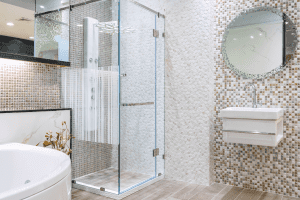In choosing what type of wood to use for doors, one of the main factors to consider is sturdiness. Compared to other options, plywood is usually thinner but provides enough durability to be used as a door. But using narrow wood may cause problems when it comes to attaching door hardware. So, how should you install hinges on a plywood door? We've researched this topic and summarized the steps in this post.
Installing hinges follows the simple steps of measuring where it goes, cutting the mortise, then marking where to put the screws. But plywood may be too thin for drilling screws, causing harm to the door. To attach hinges effectively with screws, you can employ these methods:
- Use two-part epoxy
- Use rivets
- Drill screws thoroughly
Plywood is quite fragile because of its layers. Note that you should practice care and precision when drilling onto the plywood to keep it from splitting and getting damaged.
Using the proper hinges can affect how it will work on the wood. Limiting the number of hinges is also crucial in protecting the door from damage. Keep reading to get further insight on how to screw into plywood and other concerns about its hinges.
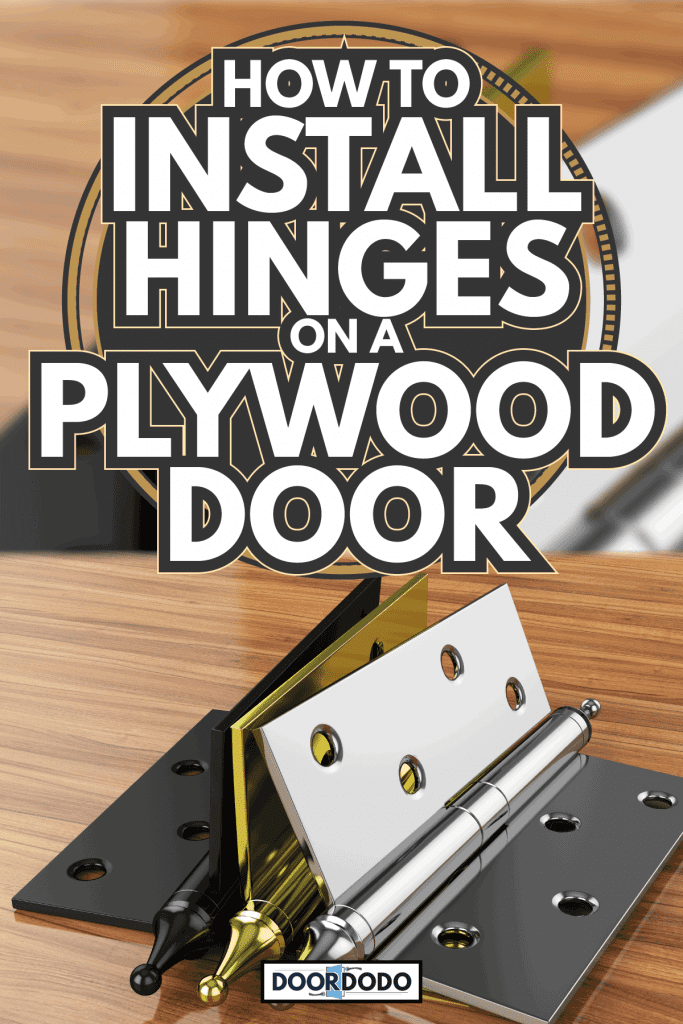
How Do You Screw Into Thin Plywood?
Plywood consists of multiple layers of thin wood, making it prone to splitting if not handled with care. While putting screws into plywood isn't necessarily difficult, it follows a thorough process to prevent unintended damages.
Screwing into plywood is possible even with the usual process of attaching hardware to wood doors. But if this method doesn't work, alternative ways include the following:
Using Two-Part Epoxy
With thin wood, you can use epoxy as an additional layer for plywood. It can be sanded and drilled once it cures. The steps below explain how to apply it:
- Clean the surface and make sure it is dry.
- Mix as much hardener and resin as needed and stir thoroughly.
- Use a syringe to apply the epoxy to the wood.
- Wipe off any excess epoxy with a clean cloth.
- After the epoxy completely cures, you can drill onto the thicker surface for screws.
Using Rivets
The typical hinges tend to weaken and split thinner wood options. A rivet, or a short metal pin used in fastening metal, works as a substitute for these hinges. Here is how to use them:
- Carefully drill holes where hinges will go on the wood.
- Put the rivet in the drill gun.
- Use the drill to screw in the rivet's free end.
- You can press some rivets into place without using a drill gun.
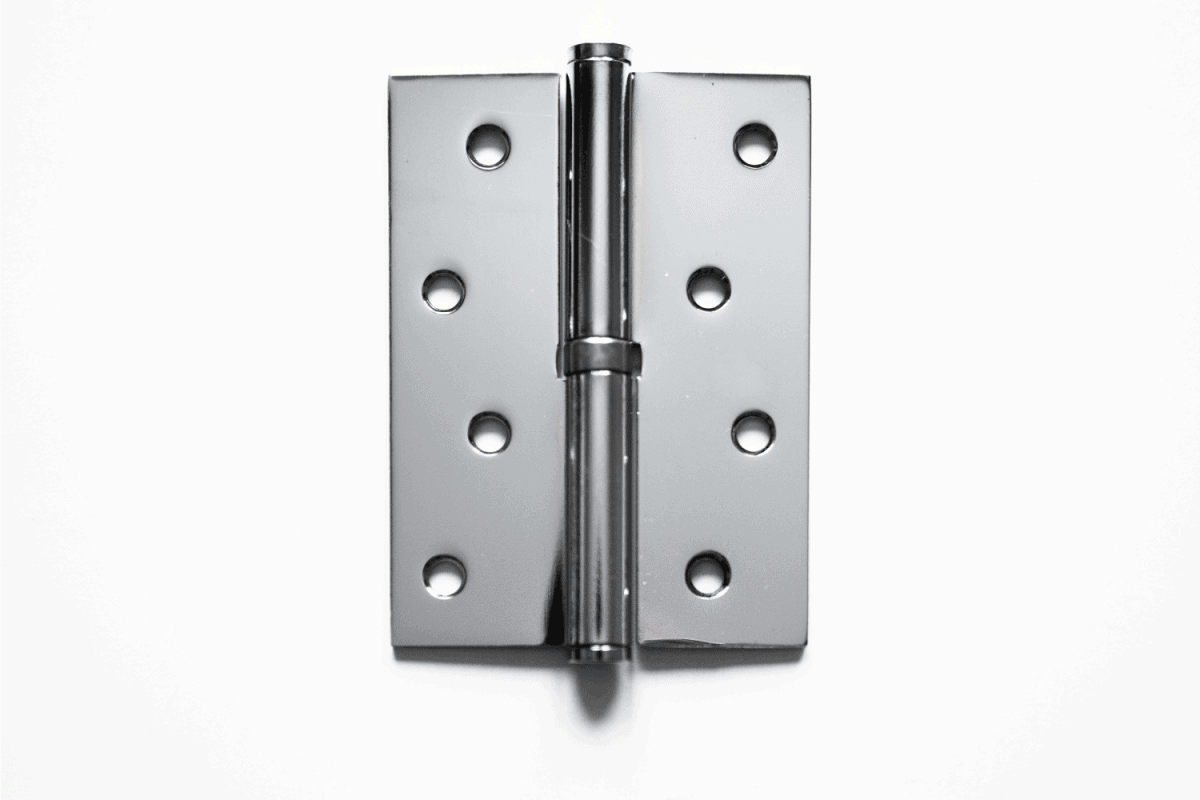
Drilling Screws Thoroughly
Sometimes, it simply requires care when screwing into thin plywood. Using traditional methods of drilling screws and hinges may work if it's done under the proper procedure.
The video below provides tips on how to avoid wood from splitting when drilling holes into them:
Start by following these steps:
- Prepare your equipment, including protective gear, the screws, a drill or a screwdriver, and the plywood door. Gear up with protection before starting.
- Place door on two sawhorses or a sturdy table.
- Mark where to place the hinges, then slowly drill holes into them. Keep the drill tip spinning as you take it out from the new screw hole.
- Slowly drill the screw into the hole, stopping once the screw is flush with the door's surface. You can also use a screwdriver to complete this.
- If you are screwing hinges a few inches away from the edges of the door, you can drill them in without having to make holes first.
- Sand around the screw if necessary.
Find out more tips on drilling holes onto different door types through this post: Can You Drill Holes In Fiberglass Doors?
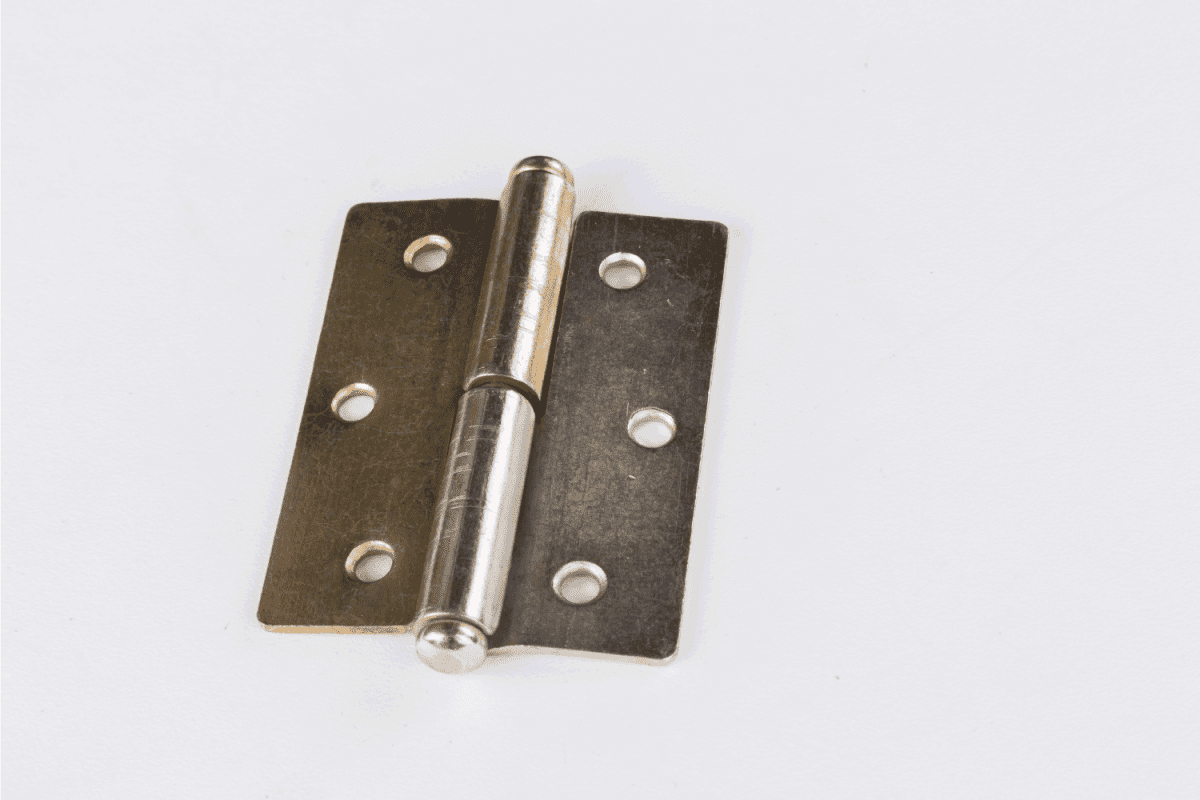
How Do I Know What Hinges To Use?
You may think of using nails for plywood, but these can harm the soft material, so screws are the recommended choice. These come in varied forms made to cater to different thicknesses and provide varying strengths.
The following are a few of the features to look out for when choosing which screw will work best with plywood woodwork:
Material
Screws come in several kinds of material, from steel or aluminum to bronze or copper. The most common option is steel screws. They have a wide range of sizes to choose from and provide enough strength to hold the wood at an affordable cost.
Consider drywall screws for self-drilling features and tapered screws for handling higher drive forces.
Head Type
A screw's head can affect the whole project because it determines how the hinge looks from the outside. While there are varied types to choose from, a bugle head screw is popular with doors because it stays flush with the surface.
Screw's Drive
The drive determines how the screw can turn. It plays a role in creating the arrangement of cavities where the hinge will go.
One of the favored types is the Phillips drive with a cross recess pattern and ensures tight fits. The Torx drive is also well-known for having a star-shaped socket and being easy to operate.
Thread
A screw's thread refers to the spiral that enables the screw to become self-drilling. For plywood, coarse threads work better since they come with a stronger hold on the wood. Fine screw threads can work but may loosen quicker over time.
Point
The point is responsible for creating a path for the screw to drive into the wood. A Type 17 point is often used in construction as it provides maximum sharpness and smoothly penetrates through thin and thick materials.
Do Hinges Go On A Door First?
When hanging up a door, attaching the hinges is usually part of the first steps to take. Plywood doors tend to feel lighter because they are thinner, so positioning them in the proper place may be easier to accomplish.
Measuring and marking where the hinges will go and drilling any holes should be done beforehand for precision. Once you finish these steps, you can screw them in place and easily connect the door to the jamb.
How Many Hinges Should Be On A Plywood Door?
A plywood door would require 2 or 3 hinges depending on the thickness and height you choose. For most doors, general guidelines state that a hinge should be provided for every 30 inches of the door's height. Large doors need more hinges because of their length.
Because plywood is a thin material, having too many screws will lead to damages to the door. And so, it's crucial to note how many screws you will need to attach and observe how the door is holding up.
Read further about door hinges on doors in this post about How Many Hinges On An Internal Door?
What Is The Best Way To Install Hinges On A Door?
When installing hinges on a door, the best method is by accurately recessing the hinge. It requires using a chisel or mallet to carve where the hinge goes. We have summarized the instructions below:
- Measure where to place the door hinge. Usually, the top hinge goes 5 inches from the upper side of the door, while the bottom hinge is 10 inches away from the under.
- If you have other doors around the house already, check the measurements of their hinges and adjust accordingly to maintain uniformity.
- Trace the outside edge of where to place each hinge.
- Score inside the traced area with a chisel or mallet. If possible, use a chisel of the same size as the wood area to remove.
- Note that the amount of wood you take off depends on how deep you will recess the hinge. It is often based on the thickness of the hinge.
- Carve out the area until you reach the desired depth. Ensure the space is level.
- Set the hinges in their places and mark where the screws will go.
- Drill the holes, then place the hinge back and screw them in.
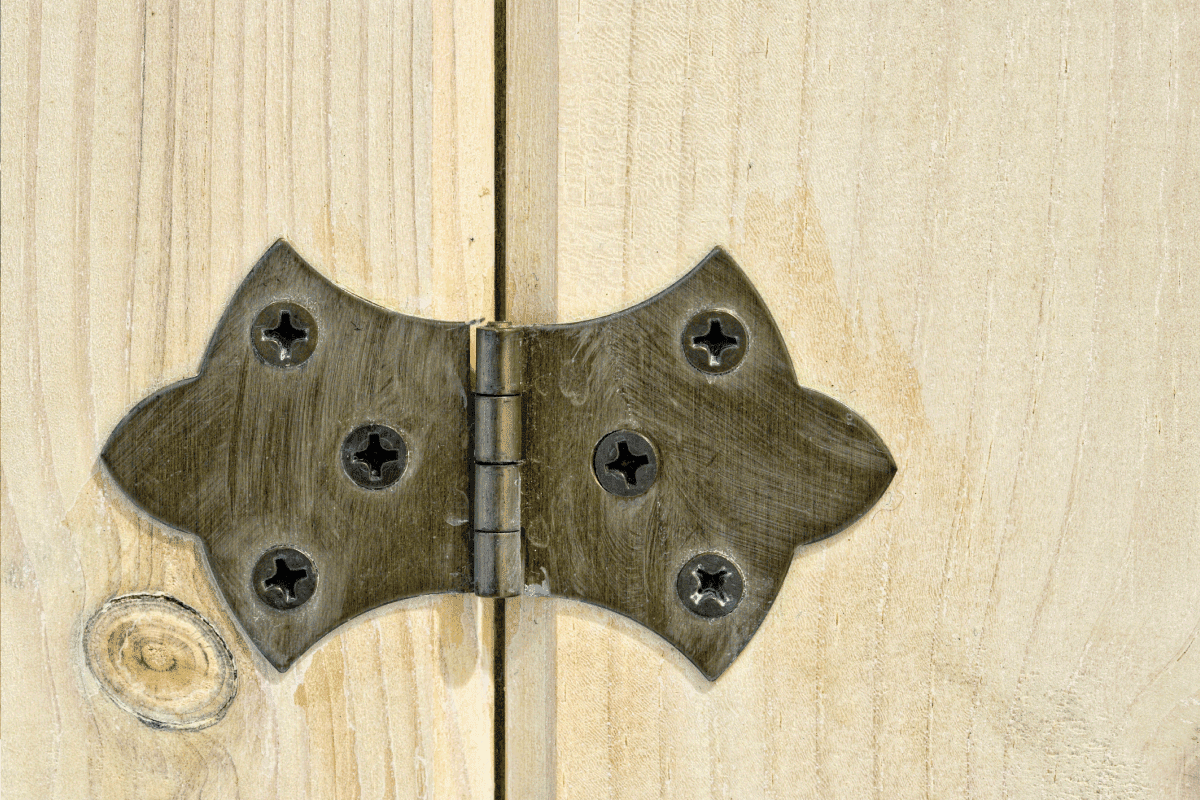
In Closing
Installing hinges to a plywood door can be done by marking, measuring, chiseling, and screwing on the wood. However, the screws to use on the door affect the overall result since they could cause splitting. Choosing the best screw type and method is important to have a properly functioning plywood door.



